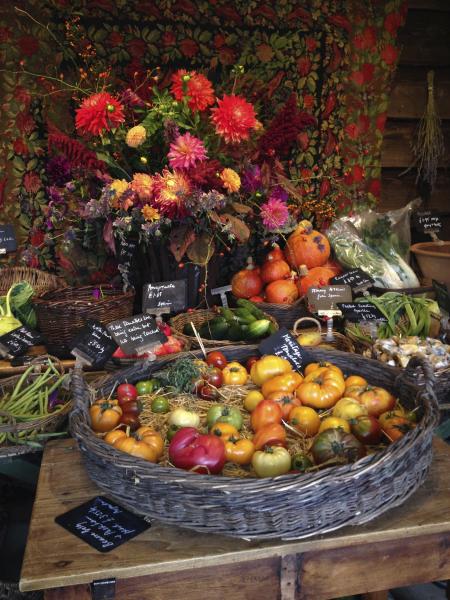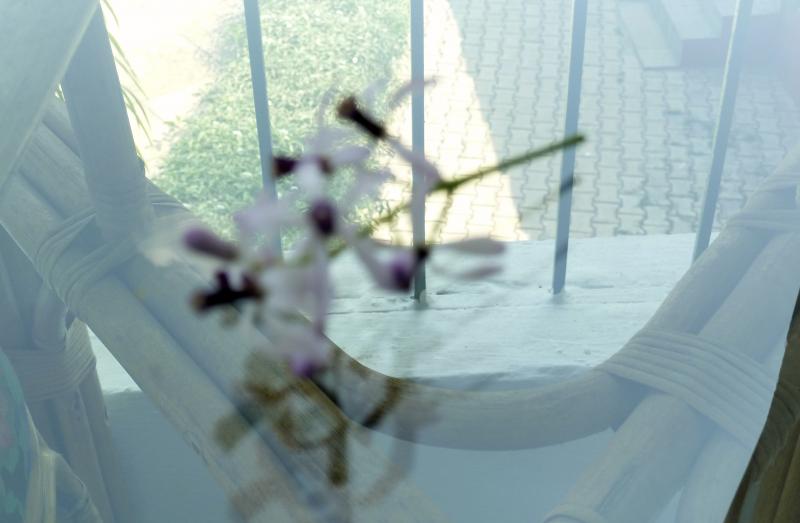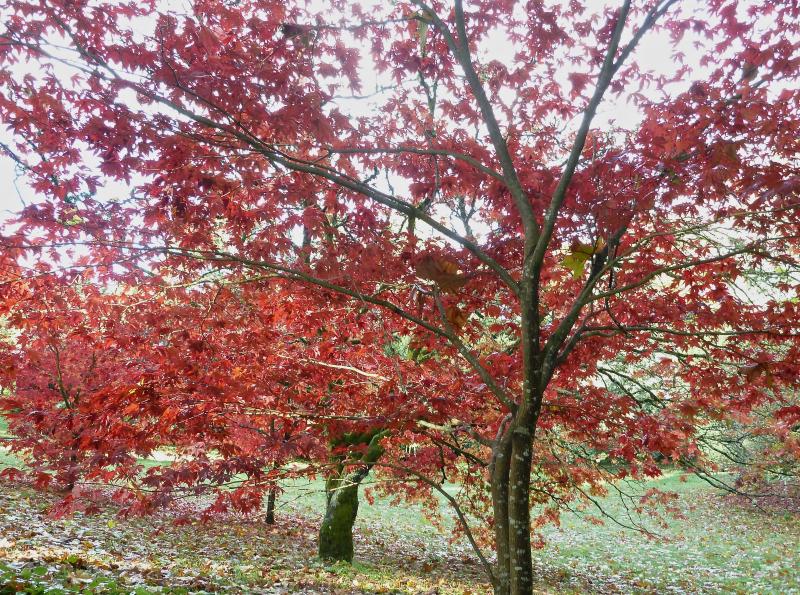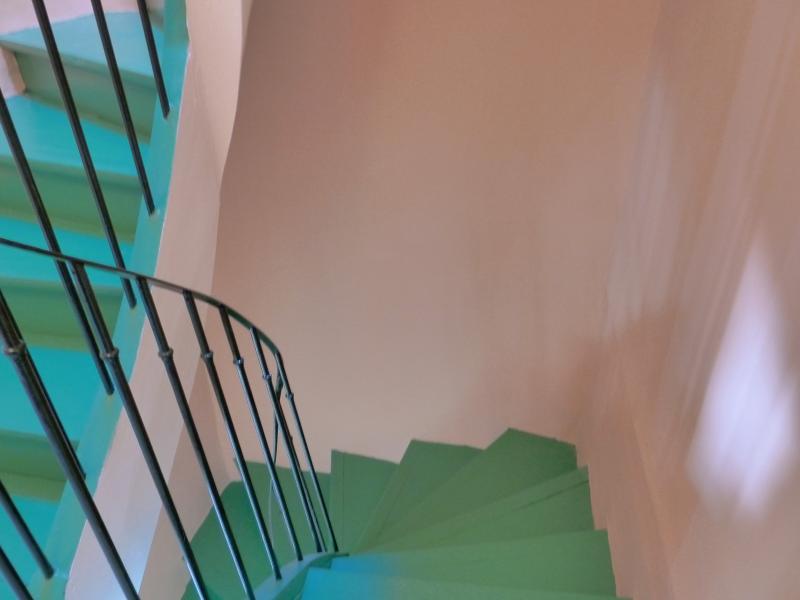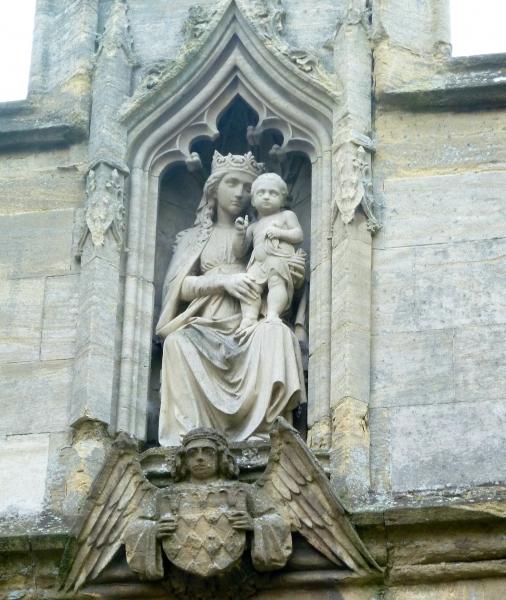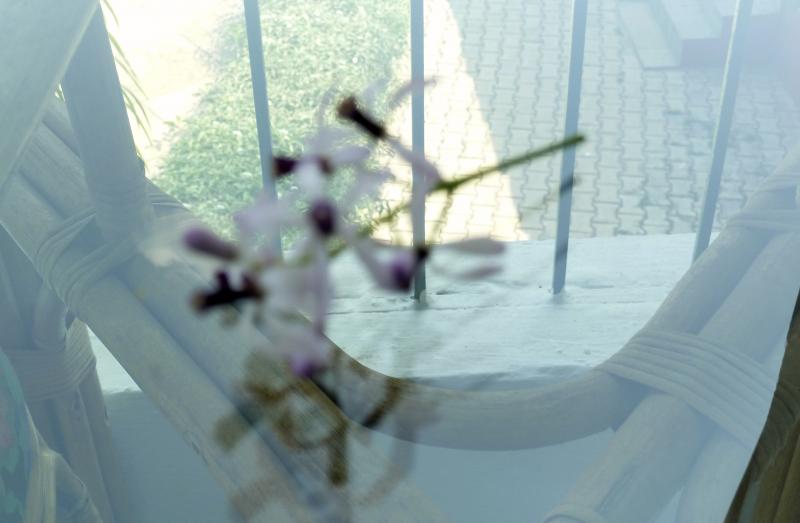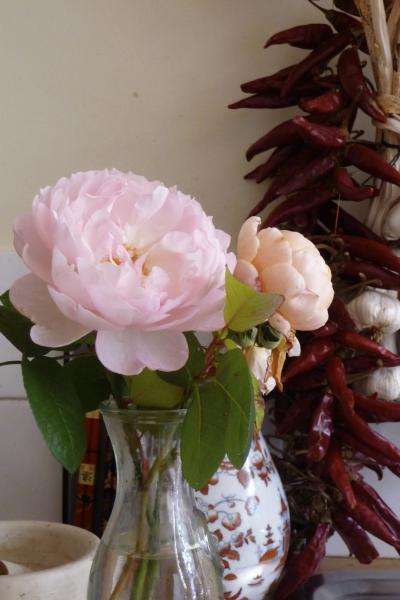

Kelmscott Manor- country home of Janey and William Morris
That an Englishman’s home is his castle is an argument often summoned to explain or justify the right to do as one likes within domestic boundaries- and if need be to defend these with all possible means at one’s disposal. The boundaries also include metaphysical space, which may well explain a peculiarly British habit, the cordon sacré, the magical invisible aura that segregates individuals in a bus queue. Contingent with the right of privacy is a deep attachment to one’s house, the comfort of its interior, devotion to gardens and gardening; all of which have have resulted in the uncommon beauty, elegance and diversity of domestic architecture.
Interiors and exteriors in other cultures (with the exception of Germany and a few other countries) are lacking in a similar sense of the gemutlich and domestic order, which was expressed in the life and works of the Victorian sage William Morris.

Thinker, craftsman, artist, poet, socialist, William Morris ‘s house “Kelmscott Manor” close to Lechlade by the Thames and a few miles from Oxford represents a tranquil haven of beauty and domestic harmony. Here he lived with his wife Jane and their two daughters, Jenny and May, and even tolerated Jane’s lover, the artist Dante Gabriel Rossetti.

It isn’t allowed to photograph the interior of the 16th century manor house, which was a working farm when Morris and Rossetti rented it from the family whose ancestors had lived there for centuries, so I will make do with verbal descriptions.
Morris and his Pre-Raphaelite friends formed a loose community of artists and the house is full of paintings, hangings and ceramics, many of them created by Morris and Jane who was an accomplished embroiderer. The stone-flagged Old Hall- like every room- is furnished simply with the classic Morris chairs, oak and rush-seated, made in his workshop. The hanging is Morris’s design ‘The Strawberry Thief’ printed at his Merton Abbey workshops in Surrey.
May Morris recalled of the White Sitting Room, “In those glowing August mornings we sat in the pleasant cool of the Panelled Room trying to learn things about Roman emperors while outside blackbirds were chuckling and feasting among the gooseberries: golden stacks were growing roof high in the yard and the huge barn was alive with busy men and women.”
Jane Morris’s bedroom is lined with willow pattern paper and the four poster is hung with matching fabric. It looks over the fields and the distant summer haze lends an atmosphere of faraway enchantment. William Morris’s bed in the room next door has a richly embroidered pelmet of his poem embroidered by Jane and her friend Mary De Morgan:
The wind’s on the wold
And the night is a-cold,
And Thames runs chill
‘Twixt mead and hill.
And think of the best
‘Twixt summer and spring,
When all birds sing
In the town of the tree,
And ye in me
And scarce dare move,
Lest earth and its love
Should fade away
Ere the full of the day.
But kind and dear
Is the old house here
And my heart is warm
‘Midst winter’s harm.
Rest then and rest,
And think of the best
‘Twixt summer and spring,
When all birds sing
In the town of the tree,
And ye in me
And scarce dare move,
Lest earth and its love
Should fade away
Ere the full of the day.
I am old and have seen
Many things that have been;
Both grief and peace
And wane and increase
No tale I tell
Of ill or well,
But this I say:
Night treadeth on day,
And for worst or best
Right good is rest.
Books line two walls- Walter Scott, poetry, Dickens and the classics- but they are not the original library. The original collection from WM’s bedroom was given to Oxford University by May Morris who bequeathed the manor to the university. Oxford “lost” the books, did a terrible job of restoration to the house and then gave it away because it couldn’t deal with managing the estate. It’s now run by the Society of Antiquaries, who do a very fine job. One of the knowledgeable volunteers told me how the books (not the original library, but the exact facsimile) were donated to Kelmscott by an American aficianado, a true eccentric who lived on a houseboat on the Seine.

Acanthus leaves- a favourite decoration

Waterwillow, portrait of his lover Janey Morris by Dante Gabriel Rosetti
William Morris was the founder of the Arts and Crafts movement and Gandhi’s famous call to spin and weave a length of cotton cloth every day was probably inspired by WM’s example. Besides reviving crafts, painting, writing prose and poetry, designing fabrics and hangings, WM wove tapestry inspired by scenes from Arthurian legends. He loved Kelmscott and the surrounding flat countryside and his life can be seen as exemplifying values which are identifiably British: love of houses, pastoral idyll and a romanticized view of the past. Moreover he was an early Socialist believing in equality for all. He married a groom’s daughter (Jane was born in Bath Place, Oxford, where the present small hotel and pub stand) and inspired affection in his friends.
Recipe for Hotpot, as cooked in the Kelmscott kitchen, in Jane Morris’s handwriting:
Meat, chopped parsley, 2 apples, 1 bayleaf, 1/2 leaf lemonbalm, a few peppercorns, 1 clove, 3 large Spanish onions, 3 grated carrots. 1 teaspoon garlic vinegar, 1 teaspoon curry powder, 1 glass port wine, pint of stock, 1 teaspoon red currant jelly and some thyme.
Cut the meat in small pieces., put in jar (pot) with herbs, spices, chopped apple . Fry onions and carrots and add stock, jelly and curry powder. Steam for two hours.
An understanding of what William Morris represented counts as British values that can’t be taught but absorbed, through a love of the past, its continuing significance, aesthetics, literature and, above all, curiosity and interest.
The question is if these qualities still meaningful to the native British. If not, then one can ask whether its members- who’ve always thought of themselves as God’s chosen- have the right to demand that others pay homage to them.
As Jenni Russell of the Times says: “But if all communities are expected to live by British values then we as a nation must live by them, too. We don’t….”













